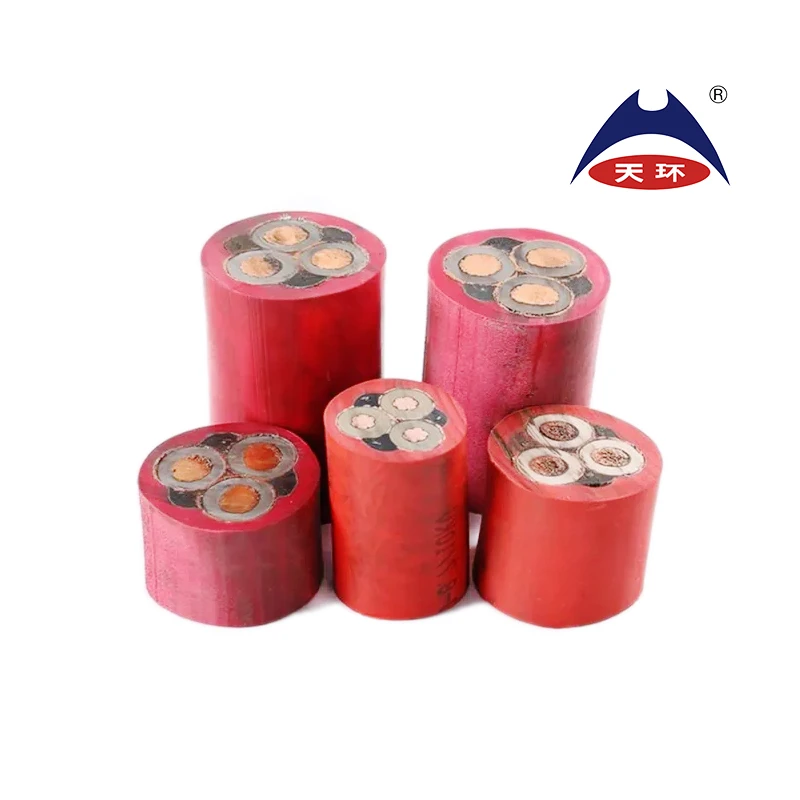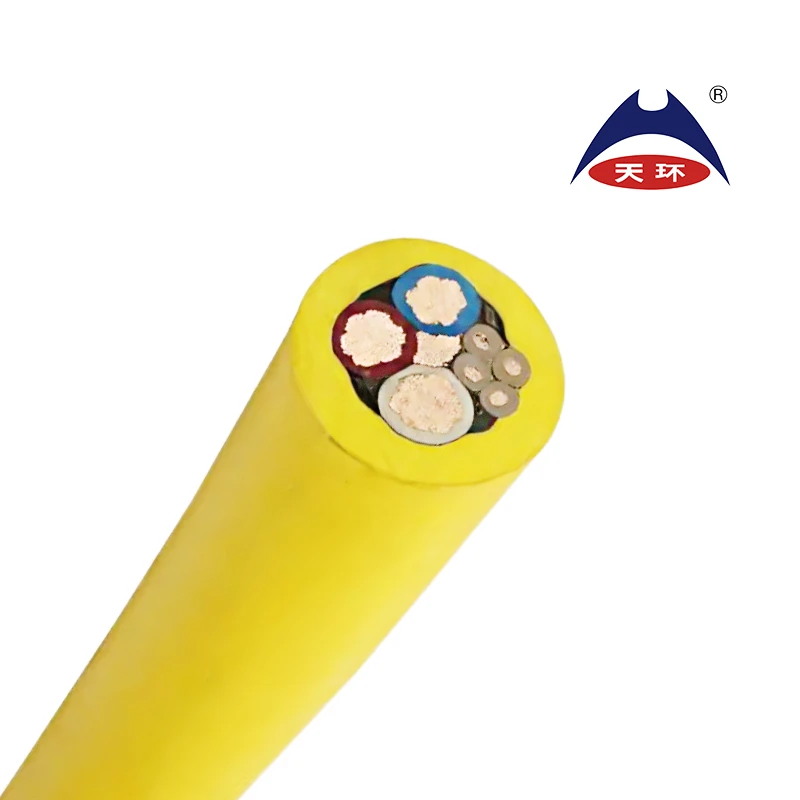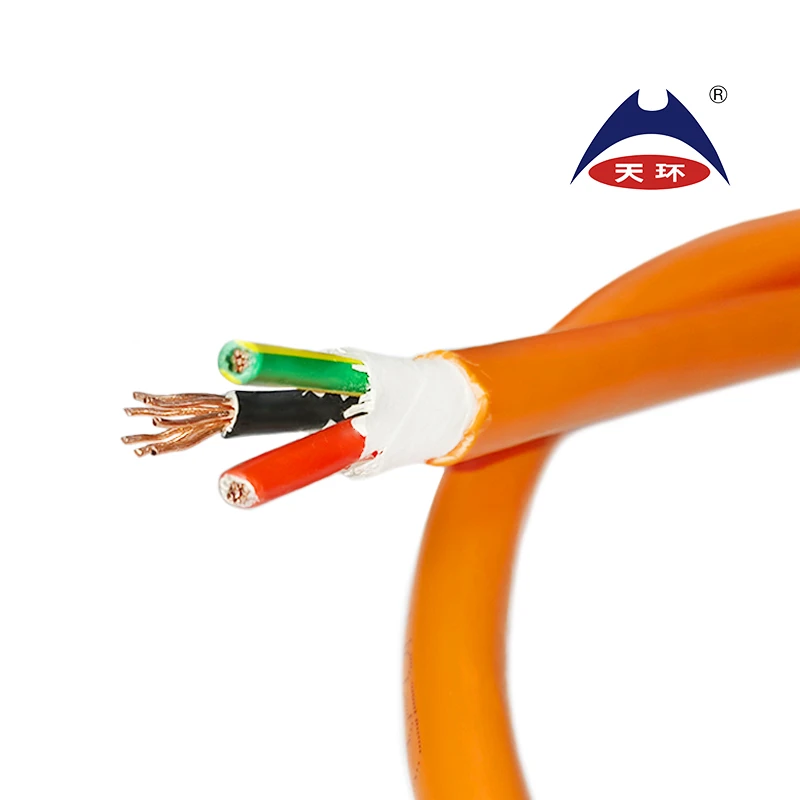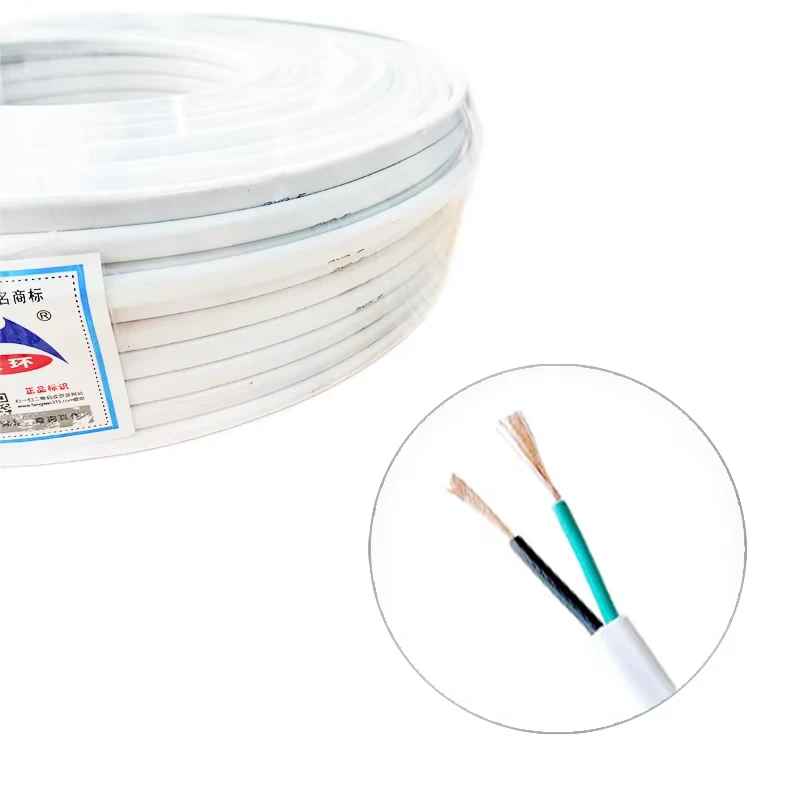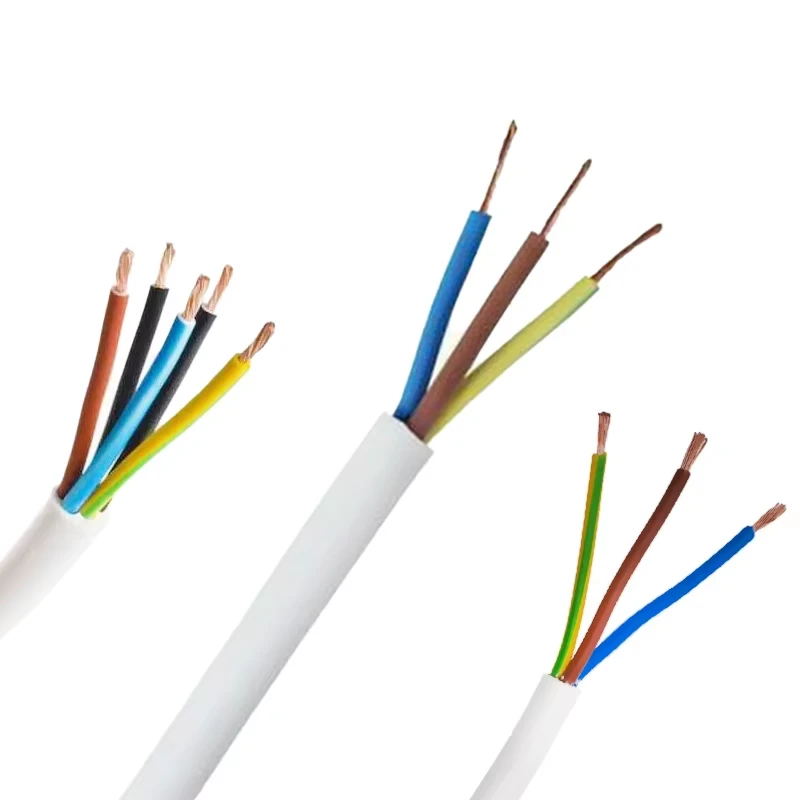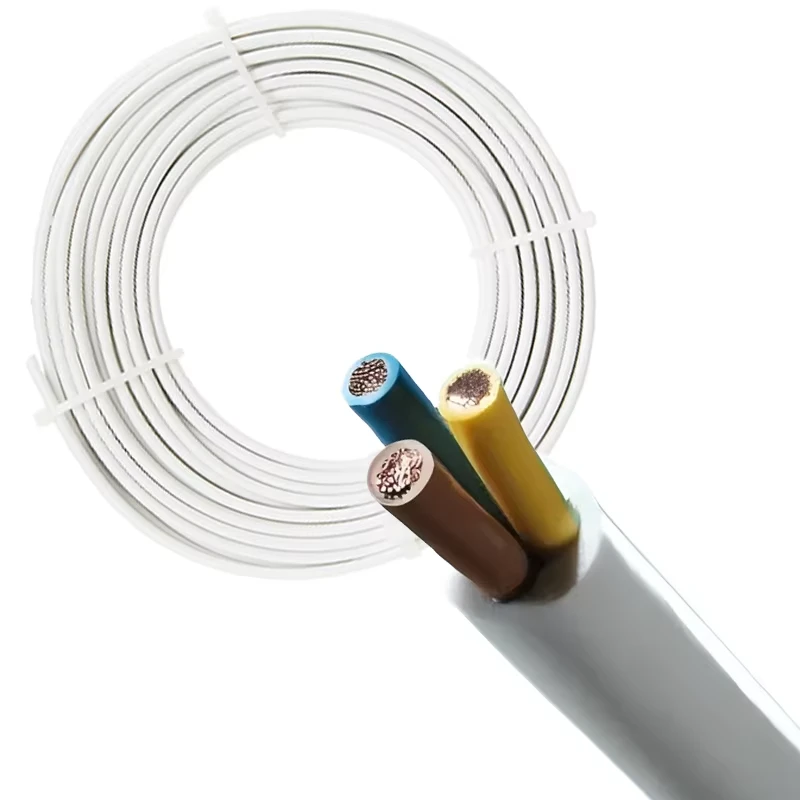
Understanding CE Certification and IEC 60331 Standards for Enhanced Electrical Safety Compliance
Understanding CE Certification and IEC 60331
In today's globalized marketplace, ensuring product safety and compliance with international standards is crucial for manufacturers and consumers alike. One important aspect of this compliance process is CE certification, particularly in conjunction with standards such as IEC 60331. This article will explore the significance of CE certification, explain what IEC 60331 entails, and discuss the implications for manufacturers and consumers.
CE Certification Overview
CE marking is a certification mark that indicates a product's compliance with European Union (EU) health, safety, and environmental protection standards. The CE marking is mandatory for certain products sold within the European Economic Area (EEA). By affixing the CE mark, manufacturers declare that their products meet the regulatory requirements established by the EU directives or regulations applicable to their specific product category.
The process of obtaining CE certification involves several steps, including conducting a thorough risk assessment, compiling technical documentation, and, in some cases, undergoing independent testing by a notified body. The CE mark serves as a passport for products, granting access to the lucrative European market while offering consumers reassurance regarding the quality and safety of the products they purchase.
IEC 60331 Essential Standards for Fire Resistance
IEC 60331 is an international standard developed by the International Electrotechnical Commission (IEC). It specifies the requirements for the fire resistance of electrical cables under defined conditions of fire exposure. Particularly, this standard addresses the capability of cables to maintain their circuit integrity for a specified period during a fire, which is crucial for ensuring the safety of buildings, infrastructure, and people within them.
The importance of IEC 60331 cannot be overstated, especially in settings such as hospitals, data centers, and high-rise buildings, where reliable power and communication systems are essential during emergencies. Cables meeting the IEC 60331 standards can continue to function, providing vital power for emergency lighting, communication systems, and fire alarms even in the event of a fire, thereby helping to safeguard lives and property.
ce certification iec 60331

The Intersection of CE Certification and IEC 60331
For manufacturers of electrical cables that wish to sell their products in the European Union, complying with both CE certification and IEC 60331 is necessary. CE marking indicates that the product adheres to various EU directives that may include the Low Voltage Directive (LVD) and the Construction Products Regulation (CPR), among others. Ensuring that cables meet the requirements of IEC 60331 can be a significant part of demonstrating compliance with these directives.
Manufacturers must undertake rigorous testing to meet the standards set forth in IEC 60331, which might involve subjecting their products to fire tests to evaluate their performance under standardized conditions. Successfully passing these tests not only ensures compliance with the IEC standard but also strengthens the manufacturer's position when applying for CE certification.
Implications for Manufacturers and Consumers
For manufacturers, navigating the CE certification process while ensuring conformity with IEC 60331 can represent a significant investment in terms of time and resources. However, the payoff includes not only access to the European market but also enhanced credibility with consumers. Products that meet these rigorous standards tend to be viewed as higher quality, leading to increased consumer trust and satisfaction.
For consumers, products that are CE marked and compliant with IEC standards offer peace of mind. They can be assured that these products have undergone the necessary testing to ensure safety and reliability in critical situations, such as fire emergencies.
Conclusion
In conclusion, the CE certification process, coupled with compliance to standards such as IEC 60331, is vital for ensuring that products, especially electrical cables, meet safety and quality expectations in the European market. For manufacturers, understanding and adhering to these standards is not only a regulatory requirement but a key factor in securing consumer trust and demonstrating commitment to safety and reliability. As international markets continue to evolve, the importance of such certifications will undoubtedly grow, underscoring the need for vigilance and quality assurance in manufacturing processes.
-
Reliable LIYCY Cable Solutions for Low and Medium Voltage ApplicationsNewsJul.14,2025
-
Premium Overhead Electrical Wire Solutions for Low and Medium Voltage ApplicationsNewsJul.14,2025
-
Innovative XLPE Electrical Cable Solutions for Modern Low and Medium Voltage NetworksNewsJul.14,2025
-
High-Quality Ethylene Propylene Rubber Cable – Durable EPDM Cable & 1.5 mm 3 Core OptionsNewsJul.14,2025
-
Exploring the Versatility of H1Z2Z2-K 1X4mm2 Cables in Modern ApplicationsNewsJul.14,2025
-
Uses of Construction WiresNewsJul.14,2025
-
Types of Neoprene CableNewsJul.14,2025





